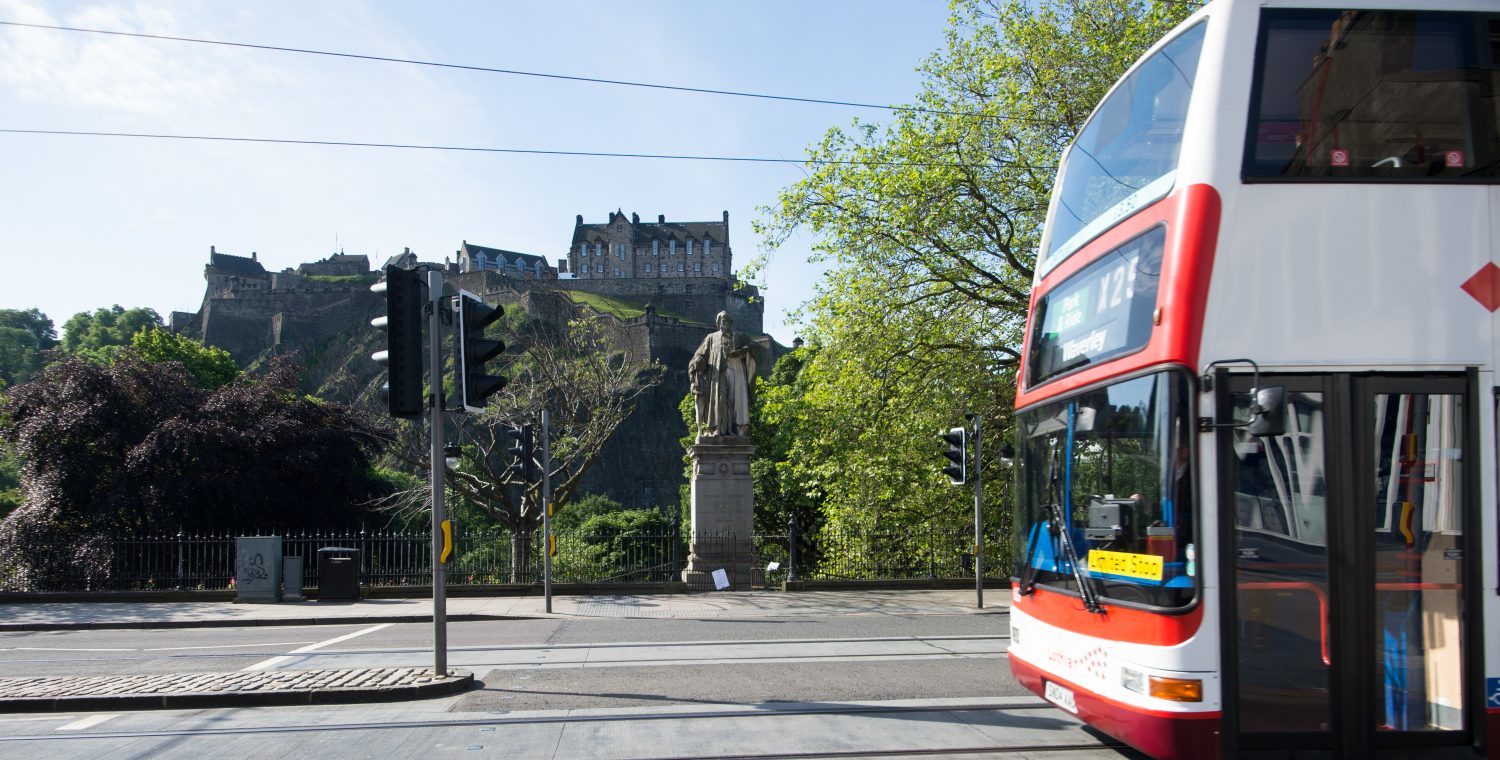
Zuansi Cai has been successful in winning internal funding for the following two projects:
- Machine learning for forecasting electricity generation from a solar PV farm
(PI: Zuansi Cai, C0-I: Simon Power (SoC), Scientific adviser: Prof. Tariq Muneer)
The overall aim of proposed study is to develop a machine learning based solar power forecast model which could improve PV forecasting accuracy. We believe the research will produce the tangible outcomes including high-impact journal publications, software for solar power forecast and a fellow-up EPSRC grant.
The continued growth of the UK intermittent solar energy capacity, combined with the UK unpredictable weather, also created operability challenges for the National Grid, particularly in the summer months. This is because of increased supply and demand variability caused by the low demand and high levels of renewable generation. For example, the all-time peak generation from PV solar in the UK was recorded to 9.4 GW (equivalent one third of the total demand) on 26 May 2017 at 12:30, while the peak generation on the next day (27 May 2017) was only 5.5 GW (equivalent to one fifth of total demand) at 11:30. To balance supply and demand of the UK electricity system, the National Grid has to take more actions to curtail renewable generation. This costs the UK electricity users £110 million in 2017.
2. Artificial Intelligence For Smoothing Energy Consumption In A University Microgrid
(PI: Simon Power (SoC), Co-I: Zuansi Cai)
Climate change and the depletion of fossil fuels mean that there is an urgent need to both reduce energy consumption and to switch to renewable forms of energy generation. Both of these challenges are being addressed by the development of microgrids – local networks of Distributed Energy Resources (e.g. wind turbines and solar panels) and consumption elements (e.g. heating and lighting elements) that are owned and controlled by local users rather than by the national grid. A microgrid might be a number of households working together in a community energy system, a company, or a university campus. While these microgrids will connect to the national grid, e.g. to draw energy from it in times of local supply shortage, they can also operate as independent “islands” of generation and consumption.

Leave a Reply
You must be logged in to post a comment.